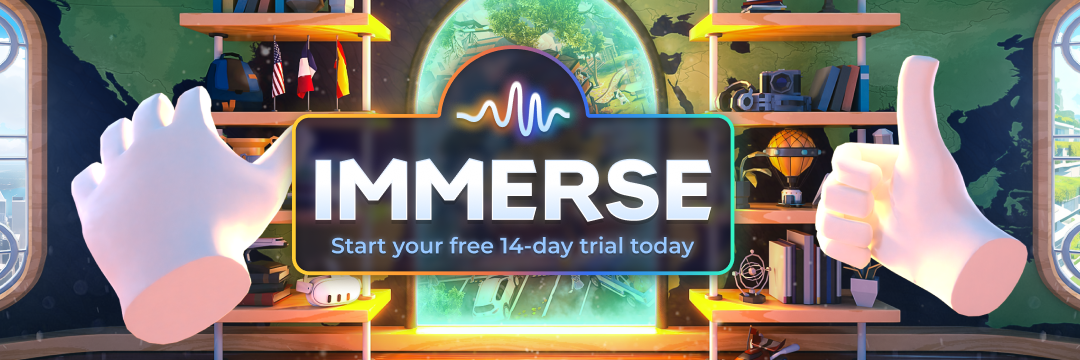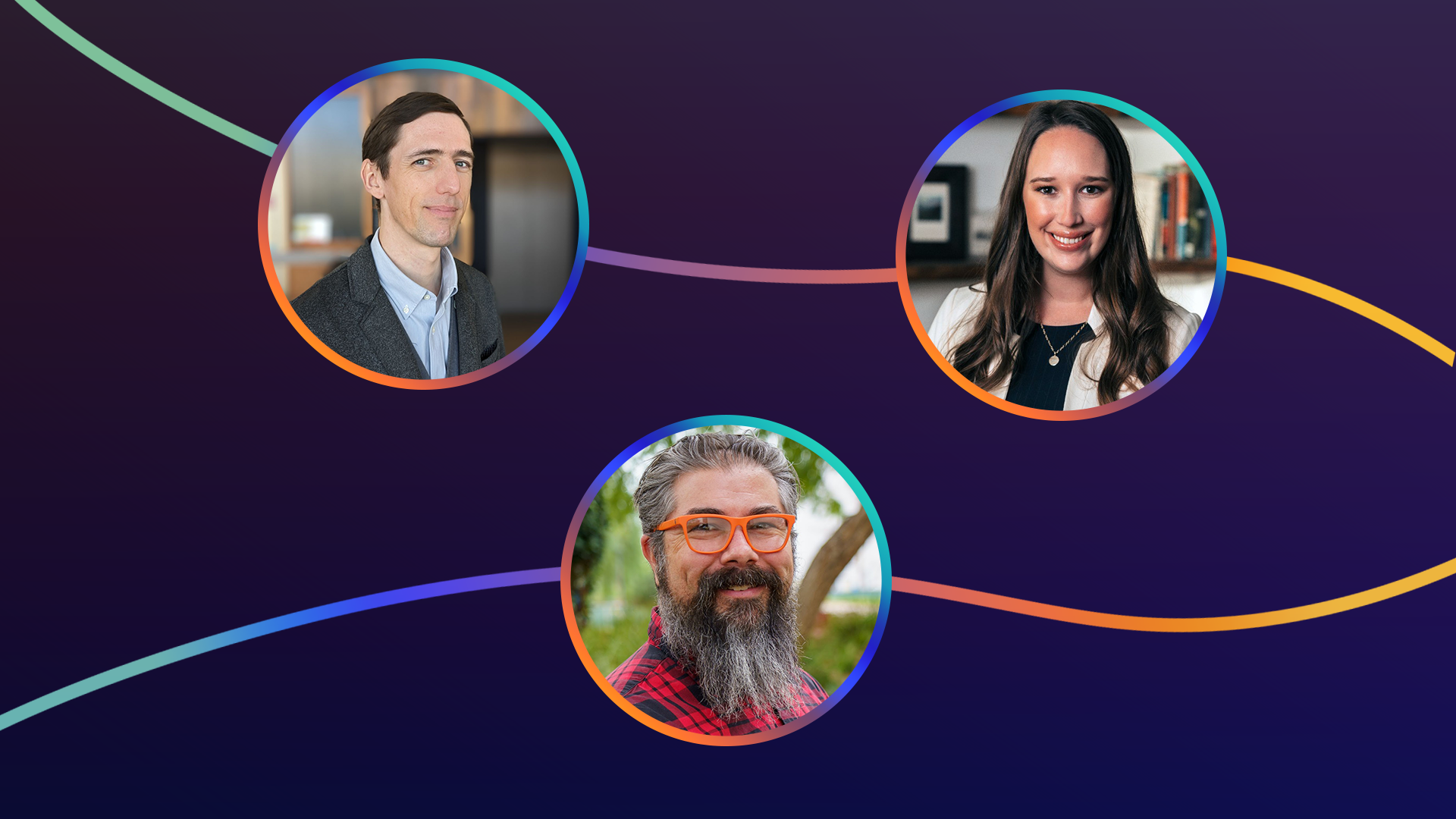Last Updated: November 2, 2023
Immerse insights:
- Kids tend to be good language learners because they learn naturally by interacting with people and their environment.
- When adults learn foreign vocabulary by interacting with people and their environment, their brains map the words in the same kind of complex network they use for native-language vocabulary.
- One key to achieving fluency is to engage the brain's natural language-learning networks, which are activated by interactions with people and things.
- Immerse provides the perfect setting for learning language in context through social and environmental interactions.
We all know the old expression, “No pain, no gain.”
Does this only apply to workouts, or is it true for learning a foreign language, too?
Well, if you’ve already put your brain through the wringer memorizing tons of words and phrases only to find you still can’t even hold a basic conversation, you may think Spanish, English, or French learning is more like “All the pain, still no gain.”
If this sounds familiar, there’s good news.
A Better Way to Learn Languages
Recent research suggests a better language learning motto might be “No fun, no gain.” After all, kids learn languages really well, right?
Most scientists used to think native-like language ability could only be achieved in childhood because children’s brains were special.
This was really bad news for adults learning language without a time machine. Recently though, language learning research has been pointing in a new direction.
The new line of thinking is that the reason kids are such hot shots at language learning is because of the way they go about it.
For children, all learning, including language learning, is a social and physical experience.
We may call it “play,” but their brains are actually hard at work. Kids tend to pick up a language naturally through interacting with people and things.
Adults, on the other hand, typically don’t have the opportunity to learn language through authentic experiences.
Think about how you’ve tried learning a new language in the past.
Did you spend hours in a classroom, copying notes from the board and filling out workbooks? Or maybe you tried some app to learn Spanish, English, or French on your own?
If so, you probably picked up a lot of words and grammar.
You probably also learned to associate each word - “perro,” for instance - with a single picture or even with a single English word, like “dog.”
But since you weren’t using the language for authentic interaction, your brain stored it just like it stores any other facts - state capitals, for instance, or the periodic table.
Enhancing the way your brain learns languages
In contrast, learning a word while it’s used in a social interaction, or while interacting with the object it represents, uses different parts of your brain - the same extensive networks that are in charge of your native language.

When you encounter vocabulary this way, it recruits your brain’s natural tendency to make sense of your environment and the people and things around you.
You are mapping the new word directly onto an experience that has social, emotional, and physical dimensions.
Brain scans of adults exposed to new words through social contexts show far more complex and extensive activity than those of adults just studying new words without much context.
Follow-up tests also show that adults who learned through authentic contexts understood the meanings of the words better in new contexts and remembered them longer.
Entire brain networks are engaged when children learn language because they are moving around, receiving sensory input, and interacting with other people while they hear and use the language.
To engage the same networks, adult language learners can approach learning the same way - by language exposure through real interactions with people and things.
This is why VR language learning with Immerse is so ideal.
In Immerse, learners meet the language in natural contexts, with plenty of opportunities for social communication and interaction with other learners, teachers, and objects in the environment.
There are over 40 scenes - such as doctor’s office, airport, home, campground, and more - where you can learn through guided immersion and harness the power of interaction for language learning. Plus, it’s fun and easily accessible on a desktop computer or Quest VR headset.
Sign up for a 14-day free trial to get unlimited access to live classes, conversation events, social learning games, and AI-powered practice opportunities.
So if you’ve been trying fruitlessly to learn Spanish, English, or French for years, the problem probably isn’t you.
It’s just the type of interactions you’ve had with the language. Instead of “no pain, no gain,” try shifting your mindset to “no pain, all gain.”
Seriously. It’s so simple a child could do it.


Miranda Novash






.png)




